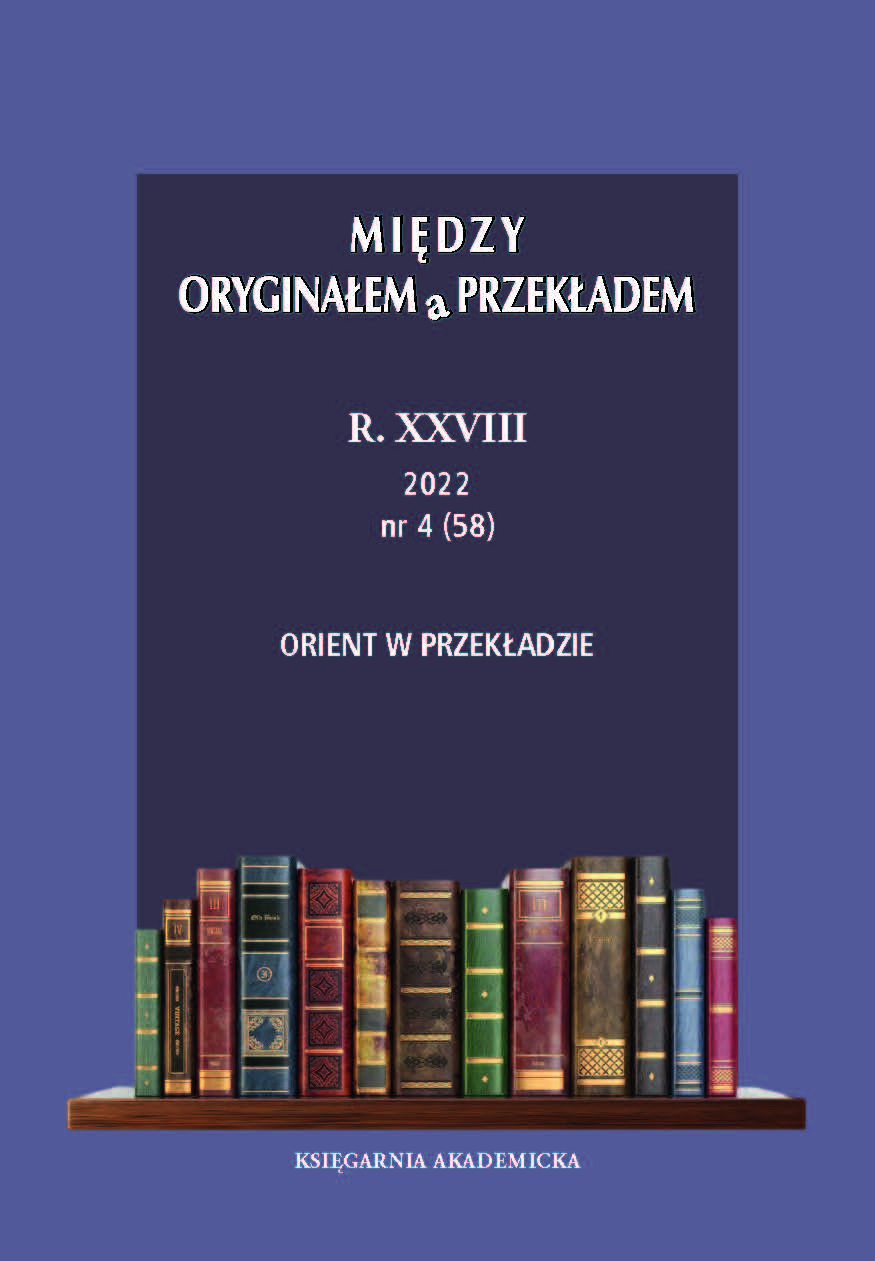On the Binary Principle of Biblical Texts Interpretation
O zasadzie binarności w interpretacji i przekładzie tekstów biblijnych
Author(s): Jolanta SzarlejSubject(s): Language and Literature Studies, Theology and Religion, Translation Studies
Published by: KSIĘGARNIA AKADEMICKA Sp. z o.o.
Keywords: The Bible; rhetorical analysis; Semitic literature; binary principle; Indo-European languages vs. biblical Hebrew; conceptualization
Summary/Abstract: Identifying the forms of Semitic literature that underlie the biblical text is still a task to be undertaken – as important as it is complicated, which even very experienced researchers, such as Roland Meynet, assert. The authoress adopts the basic tools of rhetorical analysis, formulated by Meynet, and then examines selected texts of The Old Testament in search of a few specifically Semitic features of beauty in the remarkable Book of Books. Parataxis is, according to Meynet, the most important feature of biblical language, and it is based in binary, seen – in Meynet’s terminology – at all levels of the biblical message organization: at the first level, i.e., ‘language or grammar;’ at the second level, i.e., ‘words or discourse;’ at the third level, i.e., the entire Book. Therefore, the authoress has assumed three presuppositions of rhetorical analysis, believing them to be true not only in relation to textual units, i.e., distiches or tristiches, ‘excerpts,’ pericopes, sequences, chapters, and books, but also linguistic units ranging from phonemes, through morphemes and lexemes to sentences. Through the analysis of subsequent texts, the authoress wants to prove that binary does not presuppose a simple repetition, but the interplay of doubled form and doubled content – between them, a deep sense is hidden, which should be unveiled and brought up to date.
Journal: Między Oryginałem a Przekładem
- Issue Year: 2022
- Issue No: 58
- Page Range: 157-181
- Page Count: 25
- Language: English

